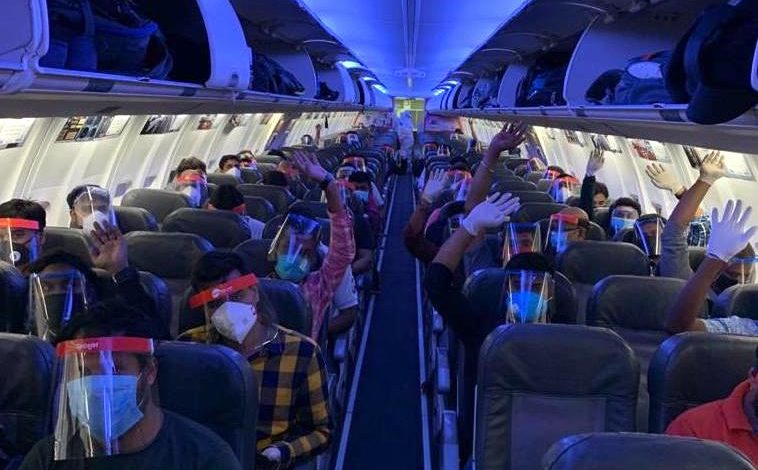Canada positions itself as crew change hub

Canada is positioning itself as a crew change hub with public and private sectors coming together to make the movement of seafarers far easier than most places on Earth with continued restrictive travel bans meaning there are some 200,000 men and women stuck at sea working beyond their contracts.
The hopeful news from Canada follows swiftly on from Hong Kong’s decision this week to allow unrestricted crew changes in its waters.
Canada’s Chamber of Shipping, Transport Canada and the local chapter of the International Transport Workers Federation (ITF) have made new Covid-19 protocols for crew transfer to and from airports, hotels and ships.
Leavers do not require any visa or quarantine while joiners do not require any quarantine. Certain nationalities still require visa clearance. However, Canada has set up an online visa application process and email verification process to speed issuance. It means a seafarer does not have to attend a Canadian consulate for a travel visa. This expedited visa process is about to be published by Transport Canada this week.
“It’s a lot of work for us inspectors, but the way to make it better is to keep slashing a path through the tangle of obstacles,” Peter Lahey, a Vancouver-based coordinator with the ITF told Splash today.
“I have a feeling too many owners, agents, etc are just crying that it’s too hard. And it is hard. But we have that expedited visa process now because we kept asking our regulator to help. And they have,” Lahey said.
Lahey is set to speak with stakeholders across the country today to allow shore leave, stressing that it would be controlled shore leave that gives owners confidence as well the local community.
“Even if we can’t get everyone home, we have to find a way to get crew ashore for the sake of basic humanity given the fact most have not been off of their ship for many months now, with nothing but the cold steel decks under their feet,” Lahey said.
Shipping unions have given regulators and the industry until the middle of this month to fix the crew repatriation issue. Failure to abide by the deadline, could “negatively impact on the commercial viability” of ship operations, a joint statement by the ITF and the International Maritime Employers’ Council warned last month.
In related news, the Maritime and Port Authority of Singapore (MPA) has now approved almost 3,000 cases of crew change in Singapore since March 27, with three chartered flights set to help more seafarers leave their ships to go home this week.
Transport Minister Khaw Boon Wan disclosed the figures in a Facebook post on Tuesday.
“Many crew have worked several months beyond their contracts, due to recent travel restrictions which bar crew from disembarking to return home,” Khaw said, adding: “This has led to the international shipping industry threatening to cease sailing unless replacement crew can be brought in.”
Cases of exhausted ship’s masters taking matters into their hands and diverting ships to home shores have been reported by Splash in recent weeks.
The director-general of the International Labour Organization, Guy Ryder, said earlier this week: “Forcing exhausted seafarers to continue working more than four months beyond the end of their contract is unacceptable. This jeopardises their health and endangers maritime safety. Action is needed now to ensure decent work for seafarers, avoid maritime accidents and environmental disasters. We call on governments to work together to make these crew changes happen in safety.”
Steven Jones, the founder of the Seafarers Happiness Index, discussed the mood of crews during the coronavirus crisis in a May 7 episode of the Maritime CEO Leader Series.
Jones said that “uncertainty takes a terrible toll”.
Interactions onboard are starting to become a bit “frayed around the edges”, Jones warned in the interview, adding: “The stresses are starting to tell.” The video is carried below.
